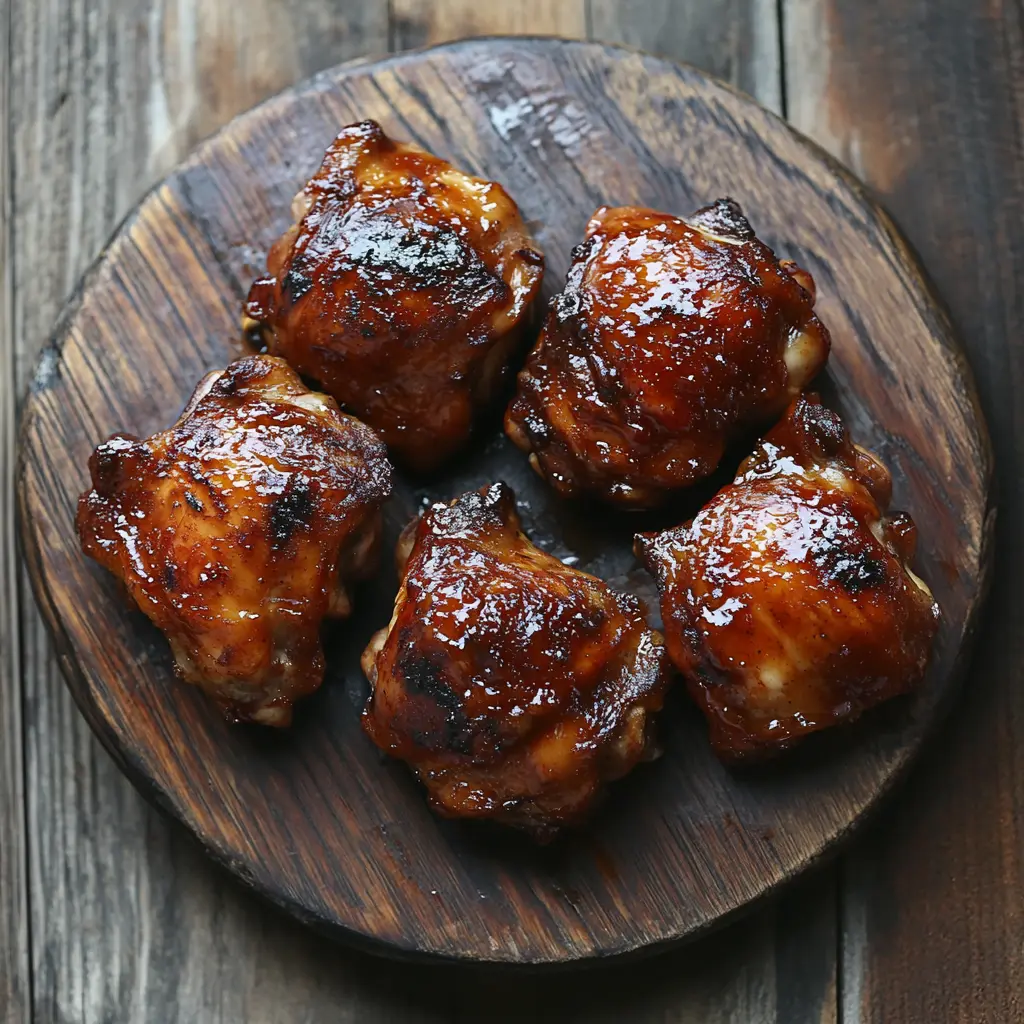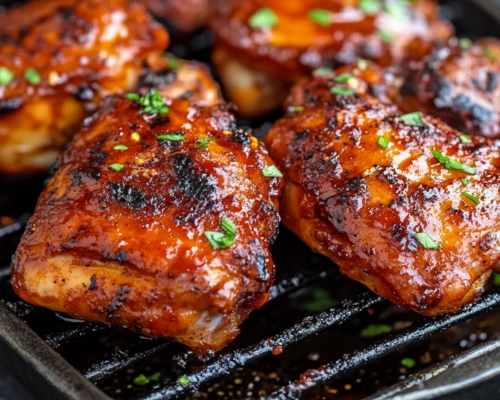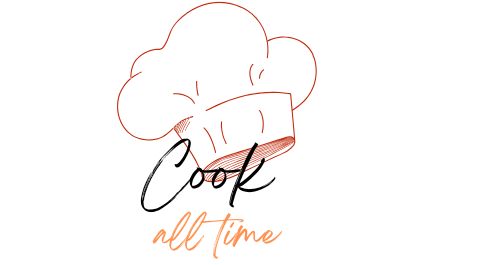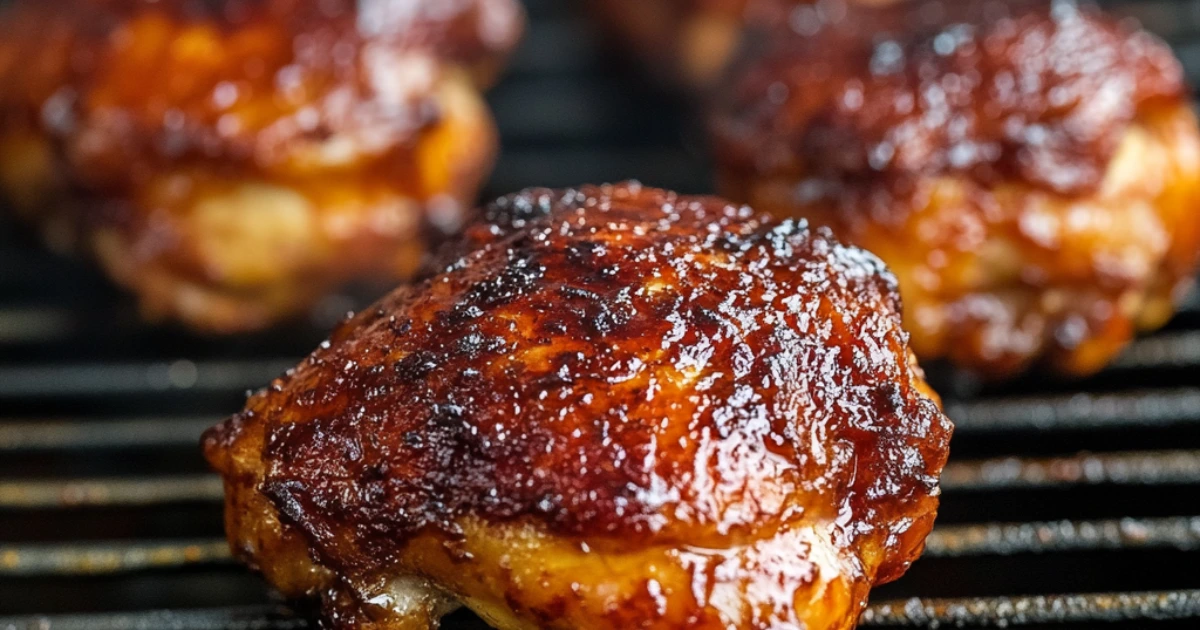Introduction
Smoking chicken thighs is a rewarding way to achieve rich, smoky flavors and tender meat. However, a common frustration for many barbecue enthusiasts is rubbery skin. If you’ve ever wondered how to smoke chicken thighs without rubbery skin?, the answer lies in understanding the factors that affect skin texture.
Rubbery chicken skin often occurs when the smoking process fails to render fat fully, leaving the skin unappealing and tough. Achieving crispy or bite-through skin requires attention to detail, from preparation to temperature control. This guide will walk you through the steps to prepare, brine, season, and smoke chicken thighs while avoiding the dreaded rubbery texture. By following these tips, you can master perfectly smoked chicken thighs with skin that is crisp, flavorful, and enjoyable to eat.
Table of Contents
Understanding the Problem: Why Does Chicken Skin Turn Rubbery During Smoking?
Rubbery chicken skin is a result of unrendered fat and low temperatures during smoking. The skin contains connective tissue and fat, which require heat to break down. When smoking at lower temperatures, the skin does not crisp up and instead becomes rubbery.
Another factor in how to smoke chicken thighs without rubbery skin is moisture. Excess moisture trapped in the skin during the smoking process can create a steamy environment, preventing it from becoming crisp. Additionally, using wet wood chips or overcrowding the smoker can lead to inconsistent heat distribution, which further contributes to tough skin.
By addressing these issues with proper preparation and temperature management, you can ensure your chicken thighs are both flavorful and have the desired texture.
Importance of Preparation: Proper Thawing; Trimming Excess Fat
Preparation is a crucial step in how to smoke chicken thighs without rubbery skin. Proper thawing ensures the chicken cooks evenly, while trimming excess fat reduces the chances of soggy skin.
- Thawing tips: Always thaw chicken in the refrigerator overnight to maintain food safety and ensure even cooking.
- Trimming fat: Use a sharp knife to remove large pieces of fat from under the skin. This helps prevent excess grease from pooling during smoking.
Taking the time to prepare the chicken correctly lays the foundation for crispy, perfectly smoked skin.
Brining for Better Texture: Benefits of Brining; How to Prepare the Perfect Brine
it is a game-changer when it comes to how to smoke chicken thighs without rubbery skin. Brining not only infuses the meat with flavor but also helps retain moisture and improve the skin’s texture.
- Benefits of brining: Salt in the brine breaks down proteins in the skin, making it thinner and more likely to crisp during smoking.
- Simple brine recipe: Combine 1 gallon of water with ½ cup of kosher salt and ¼ cup of sugar. Add optional flavorings like garlic, herbs, or citrus for extra depth.
Brine the chicken thighs for 2-4 hours before smoking, ensuring the skin is completely dry before adding seasoning or rubs.
Using Dry Rubs: Essential Spices for Smoking; Applying Rubs Evenly
A good dry rub not only enhances the flavor but also plays a role in achieving crisp skin. When thinking about how to smoke chicken thighs without rubbery skin, focus on seasoning that complements the smoky flavors.
- Essential spices: Paprika, garlic powder, onion powder, black pepper, and cayenne create a flavorful base. Brown sugar can be added for sweetness but use sparingly, as it may burn at higher temperatures.
- Application tips: Pat the chicken dry before applying the rub to help it adhere better. Gently lift the skin and season underneath for maximum flavor penetration.
Evenly applied rubs ensure consistent seasoning and a better overall texture.
The Role of Temperature: Ideal Smoking Temperatures for Chicken Thighs
Temperature control is key to how to smoke chicken thighs without rubbery skin. Smoking at too low a temperature may result in under-rendered fat, while excessively high heat can dry out the meat.

- Optimal range: Smoke chicken thighs at 225°F to 275°F, depending on your texture and flavor goals.
- Final sear: If the skin isn’t crisp enough, finish the thighs on a grill or in an oven at 375°F to 400°F for a few minutes.
Maintaining the right temperature throughout the smoking process ensures a balance of juicy meat and crispy skin.
Smoking at 225°F vs. 250°F: Differences in Skin Texture and Overall Flavor
When debating how to smoke chicken thighs without rubbery skin, the smoking temperature plays a significant role.
- 225°F: This temperature is ideal for slow-smoking, allowing the meat to absorb maximum smoky flavor. However, the skin may remain rubbery without a finishing step.
- 250°F: Smoking at 250°F provides a balance between slow cooking and achieving a crispier skin. This slightly higher heat starts rendering fat more effectively while still imparting a smoky taste.
Choosing between these temperatures depends on your desired outcome and available time.
For more on smoking chicken thighs, explore smoked chicken thighs.
Maintaining Consistent Heat: Techniques to Ensure Consistent Smoker Temperatures
Consistent heat is essential for how to smoke chicken thighs without rubbery skin. Temperature fluctuations can lead to uneven cooking and undesirable textures.
- Preheat your smoker: Always preheat your smoker to the desired temperature before adding the chicken.
- Monitor with thermometers: Use a reliable digital thermometer to track both the smoker’s ambient temperature and the internal temperature of the chicken.
- Avoid frequent opening: Opening the smoker too often causes heat loss and prolongs cooking time.
By maintaining steady heat, you create the ideal conditions for smoking chicken thighs with perfect skin.
Types of Wood Chips: Best Woods for Chicken Smoking; Impact on Skin Texture
The type of wood you choose can influence both the flavor and the skin texture of your chicken thighs. When considering how to smoke chicken thighs without rubbery skin, opt for wood chips that complement chicken’s natural flavors.
- Best woods for chicken:
- Applewood: Provides a mild, sweet flavor.
- Cherrywood: Adds subtle fruitiness with a rich color.
- Hickory: Delivers a stronger, smoky profile for those who prefer bold flavors.
- Impact on skin: Use dry wood chips to avoid excess moisture, which can contribute to rubbery skin. Experimenting with wood combinations allows you to achieve your preferred balance of flavor and texture.
By addressing each of these aspects, from preparation to smoking temperatures and wood selection, you can confidently tackle how to smoke chicken thighs without rubbery skin. Perfectly smoked chicken thighs are within reach when you combine careful preparation with consistent techniques.
Smoke Timing and Skin
When considering how to smoke chicken thighs without rubbery skin?, timing plays a critical role in achieving the desired texture. Smoking chicken thighs for too long at low temperatures can result in under-rendered fat, leaving the skin rubbery. Conversely, rushing the process can dry out the meat.
The key is to balance smoking time with temperature. At 225°F, chicken thighs typically require 1.5 to 2 hours. This allows the meat to cook thoroughly while infusing smoky flavors. However, to prevent rubbery skin, finish with a short burst of high heat at 375°F to render the fat and crisp the skin.
Monitor internal temperatures closely using a meat thermometer. The thighs are done when they reach 165°F. Timing and finishing steps are essential to ensure your chicken thighs come out juicy with bite-through, crispy skin.
Wrapping Chicken Mid-Smoke: Does It Help With Smoking Chicken Thighs Without Rubbery Skin?
When exploring how to smoke chicken thighs without rubbery skin?, the concept of wrapping chicken mid-smoke can offer both benefits and drawbacks. Wrapping, often called the “Texas crutch,” involves using foil or butcher paper to trap heat and moisture.
Pros of wrapping chicken mid-smoke:
- Speeds up the cooking process by creating a steamy environment.
- Helps retain moisture, ensuring the meat stays tender.
Cons of wrapping chicken mid-smoke:
- Trapped steam can soften the skin, leading to a rubbery texture.
- Reduced exposure to smoke limits the depth of flavor.
If you choose to wrap, do so only after the chicken has absorbed enough smoke, typically around the one-hour mark. Unwrap for the final 20-30 minutes and increase the heat to crisp the skin. This method balances tenderness with texture.
The Importance of Resting: How Resting Helps Avoid Rubbery Skin When Smoking Chicken Thighs
Resting chicken after smoking is a crucial yet often overlooked step in how to smoke chicken thighs without rubbery skin?. Resting allows the juices to redistribute throughout the meat, enhancing flavor and ensuring a moist texture.
Place the chicken thighs on a plate or cutting board and cover loosely with foil for 5-10 minutes. This brief resting period ensures the juices don’t escape when the meat is sliced. Additionally, if you finish with high heat, resting gives the skin time to set and remain crisp.
Skipping this step can result in drier meat and less appealing skin. Resting is an essential part of achieving a perfect balance between juicy meat and crisp skin.
Tools and Accessories: Essential Tools
The right tools make a significant difference when learning how to smoke chicken thighs without rubbery skin?. Having the proper equipment ensures consistency and improves results.

Essential tools for smoking chicken thighs:
- Digital meat thermometer: Accurately measures internal temperature, crucial for avoiding over- or under-cooking.
- Smoker: Pellet smokers or offset smokers provide consistent temperatures for even cooking.
- Grill grates: Use non-stick grates to prevent the skin from sticking during smoking.
- Spritz bottle: Keeps the chicken moist during smoking with a mixture of apple juice or vinegar and water.
Investing in these tools simplifies the smoking process and helps you achieve tender, flavorful chicken thighs with perfect skin.
Troubleshooting Common Issues: Solving Problems When Learning How to Smoke Chicken Thighs Without Rubbery Skin?
Even with the best techniques, problems can arise during smoking. Understanding how to address these issues is vital for perfecting how to smoke chicken thighs without rubbery skin?.
Common issues and solutions:
- Uneven cooking: Arrange chicken evenly on the smoker grates with sufficient space for airflow. Rotate pieces halfway through smoking to promote uniform cooking.
- Rubbery skin: Finish with a high-heat sear on a grill or in the oven to render excess fat and crisp the skin.
- Dry meat: Brining beforehand and spritzing during smoking helps retain moisture.
Addressing these challenges ensures your chicken thighs meet the standard of perfectly smoked, crispy-skinned perfection.
Recipes for Perfection: A Detailed Recipe to Achieve Tender Chicken Thighs with Crispy Skin
This recipe demonstrates how to smoke chicken thighs without rubbery skin? by combining proper preparation, temperature control, and finishing techniques.
Ingredients:
- Bone-in, skin-on chicken thighs
- ½ cup dry rub (paprika, garlic powder, onion powder, salt, black pepper, cayenne)
- 1 gallon brine (1/2 cup salt, ¼ cup sugar, optional herbs)
- Wood chips (apple or cherry for a mild flavor)
Instructions:
- Brine: Submerge chicken in brine for 2-4 hours. Pat dry and apply the dry rub evenly.
- Smoke: Preheat smoker to 225°F and add wood chips. Smoke chicken for 1.5 to 2 hours.
- Finish: Increase heat to 375°F for 5-10 minutes to crisp the skin.
- Rest: Allow the chicken to rest for 10 minutes before serving.
This step-by-step process guarantees flavorful, juicy chicken thighs with skin that’s crisp and bite-worthy.
FAQs
1. How do you prevent chicken skin from becoming rubbery during smoking?
Pat the chicken skin dry, use higher heat at the end, and avoid wrapping during smoking to allow fat to render properly.
2. Can you smoke chicken thighs without brining?
Yes, but brining adds moisture and improves skin texture, reducing the likelihood of rubbery skin.
3. What is the best wood for smoking chicken thighs?
Applewood and cherrywood are popular choices for their mild, sweet flavors, which pair well with chicken.
4. How do you know when chicken thighs are fully cooked?
Use a meat thermometer to ensure the internal temperature reaches 165°F in the thickest part.
5. Can you smoke chicken thighs at higher temperatures?
Yes, smoking at 250°F reduces cook time and can improve skin texture while maintaining flavor.
6. Should you always crisp the skin after smoking?
For the best results, a high-heat finish ensures the skin is crisp and enjoyable to eat.
Conclusion
Learning how to smoke chicken thighs without rubbery skin? requires attention to every step of the process, from preparation to finishing. Proper brining, consistent smoker temperatures, and a final burst of high heat all contribute to achieving perfectly tender meat with crispy skin. By using the right tools and addressing common challenges, you can confidently create smoked chicken thighs that impress every time. Mastering these techniques ensures your next barbecue will be a flavorful success.


4 thoughts on “How to Smoke Chicken Thighs Without Rubbery Skin”